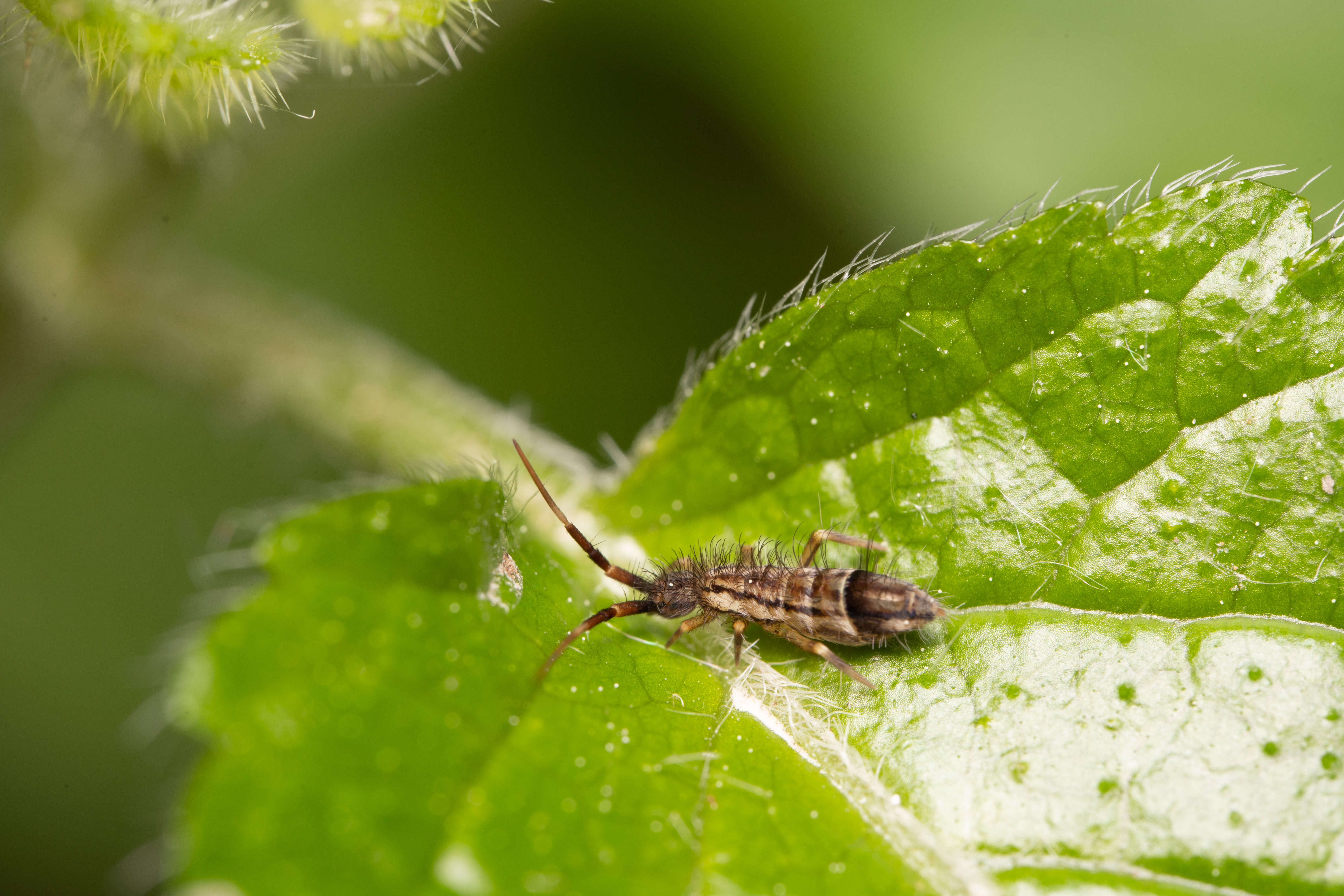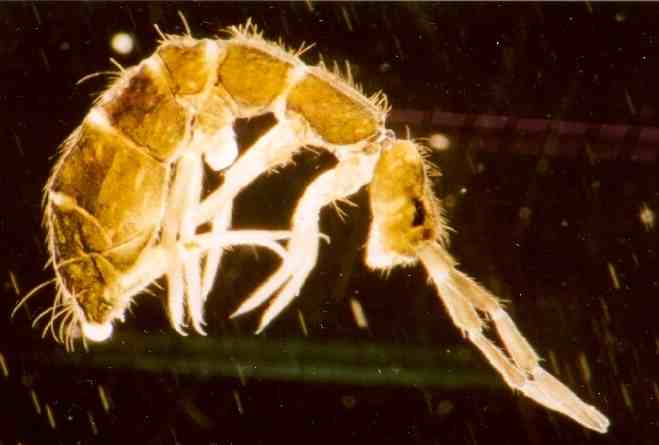|
Orchesella
''Orchesella'' is a genus of springtails belonging to the family Entomobryidae. This genus includes springtails with subdivided basal antennal segments. Species These 96 species belong to the genus ''Orchesella'': * '' Orchesella adriatica'' Stach, 1960 * '' Orchesella ainsliei'' Folsom, JW, 1924 * '' Orchesella ainslieri'' Folsom, 1924 * '' Orchesella albofasciata'' J.Stach, 1960 * '' Orchesella albosa'' J.E.Guthrie, 1903 * '' Orchesella alpa'' Christiansen & Tucker, 1977 * '' Orchesella alticola'' Uzel, 1891 * '' Orchesella angustistrigata'' J.Stach, 1960 * '' Orchesella annulicornis'' H.B.Mills, 1934 * '' Orchesella arcuata'' W.Lindenmann, 1950 * '' Orchesella ariegica'' P.Cassagnau, 1964 * ''Orchesella balcanica'' J.Stach, 1960 * '' Orchesella bifasciata'' H.Nicolet, 1842 * ''Orchesella bulba'' Christiansen & Tucker, 1977 * '' Orchesella bulgarica'' J.Stach, 1960 * '' Orchesella bullulata'' J.A.Mari Mutt, 1984 * '' Orchesella capillata'' Kos & F, 1936 * ''Orchesella capreana ... [...More Info...] [...Related Items...] OR: [Wikipedia] [Google] [Baidu] |
Orchesella Flavescens (36004189606)
''Orchesella flavescens'' is a species of slender springtail in the family Entomobryidae. It is found in Europe. It is found predominantly in late spring and beginning of summer. References External links * Entomobryomorpha Articles created by Qbugbot Animals described in 1839 {{springtail-stub ... [...More Info...] [...Related Items...] OR: [Wikipedia] [Google] [Baidu] |
Orchesella Cincta
''Orchesella cincta'' is a species of springtail present in North America and Europe. They average in length, which is extremely large as most springtails don’t grow past 1 millimetre. The specific name ''cincta'' means "belted" and refers to the distinctive colouration of the third abdominal segment. Description Springtails are small, wingless relatives of insects and typically have six abdominal segments, a tubular appendage projecting ventrally from the first abdominal segment, and a forked, tail-like appendage, the Furcula (springtail), furcula, folded under the last abdominal segment, with which the animal can flip itself into the air. Members of the genus ''Orchesella'' have six antennal segments. ''Orchesella cincta'' reaches about in length and has a distinctively pigmented third abdominal segment and a dark third antennal segment. In contrast, the posterior part of the second abdominal segment and the distal part of the second antennal segments are white. The fifth ... [...More Info...] [...Related Items...] OR: [Wikipedia] [Google] [Baidu] |
Orchesella Alticola
''Orchesella alticola'' is a species of slender springtail in the family Entomobryidae Entomobryidae, sometimes called "slender springtails", is a family of springtails characterised by having an enlarged fourth abdominal segment and a well-developed furcula. Species in this family may be heavily scaled and can be very colourfu .... Subspecies These two subspecies belong to the species ''Orchesella alticola'': * ''Orchesella alticola alticola'' Uzel, 1891 * ''Orchesella alticola strigata'' Stach, 1960 References Entomobryomorpha Articles created by Qbugbot Animals described in 1891 {{springtail-stub ... [...More Info...] [...Related Items...] OR: [Wikipedia] [Google] [Baidu] |
Orchesella Alpa
''Orchesella alpa'' is a species of slender springtail in the family Entomobryidae Entomobryidae, sometimes called "slender springtails", is a family of springtails characterised by having an enlarged fourth abdominal segment and a well-developed furcula. Species in this family may be heavily scaled and can be very colourfu .... References Entomobryomorpha Articles created by Qbugbot Animals described in 1977 {{springtail-stub ... [...More Info...] [...Related Items...] OR: [Wikipedia] [Google] [Baidu] |
Springtail
Springtails (class Collembola) form the largest of the three lineages of modern Hexapoda, hexapods that are no longer considered insects. Although the three lineages are sometimes grouped together in a class called Entognatha because they have internal Arthropod mouthparts, mouthparts, they do not appear to be any more closely related to one another than they are to insects, which have external mouthparts. Springtails are omnivorous, free-living organisms that prefer moist conditions. They do not directly engage in the decomposition of organic matter, but contribute to it indirectly through the fragmentation of organic matter and the control of soil microbial communities. The word ''Collembola'' is from Ancient Greek 'glue' and 'peg'; this name was given due to the existence of the collophore, which was previously thought to stick to surfaces to stabilize the creature. Early DNA sequence studies suggested that Collembola represent a separate Lineage (evolution), evolutionary ... [...More Info...] [...Related Items...] OR: [Wikipedia] [Google] [Baidu] |

